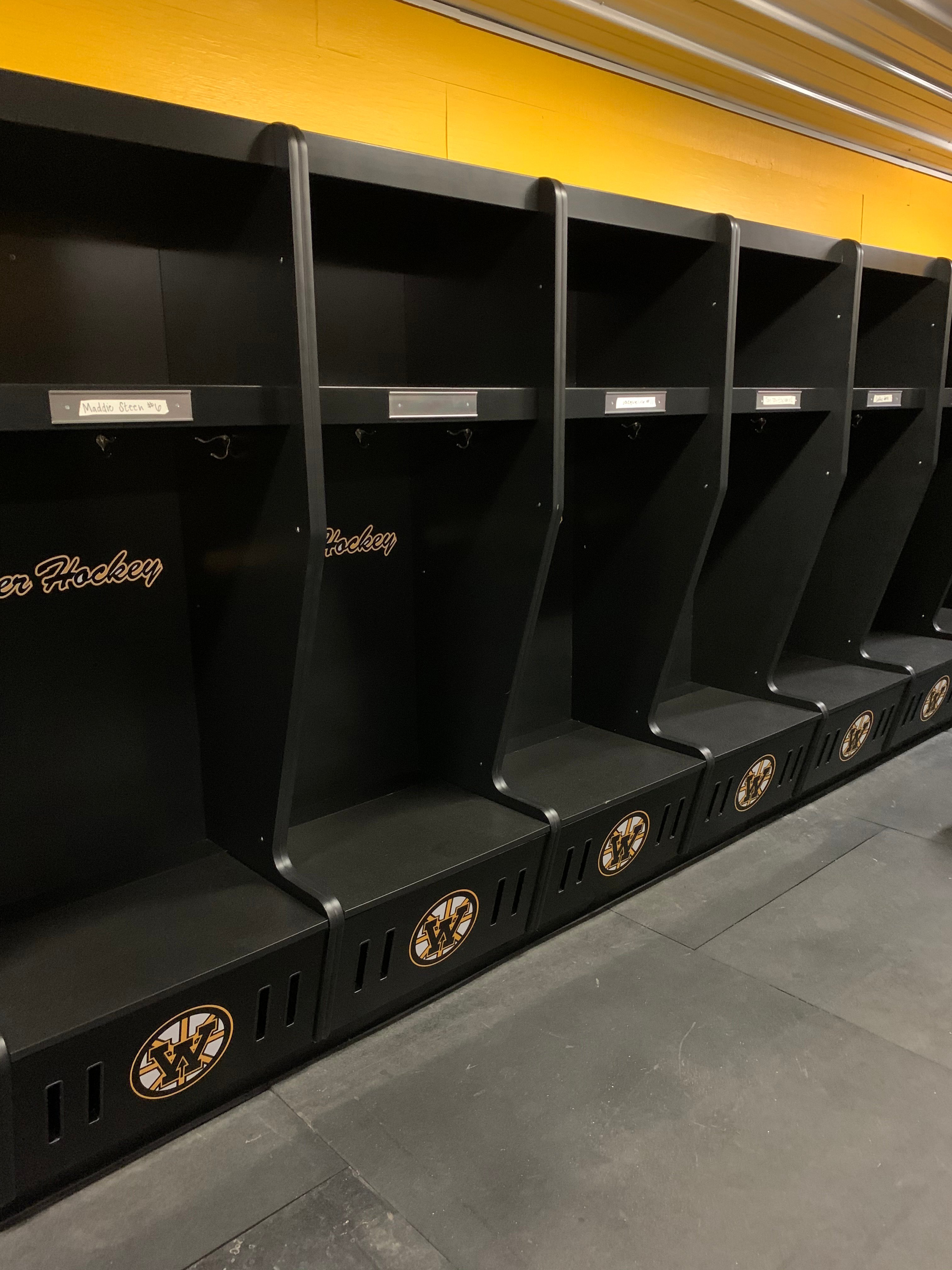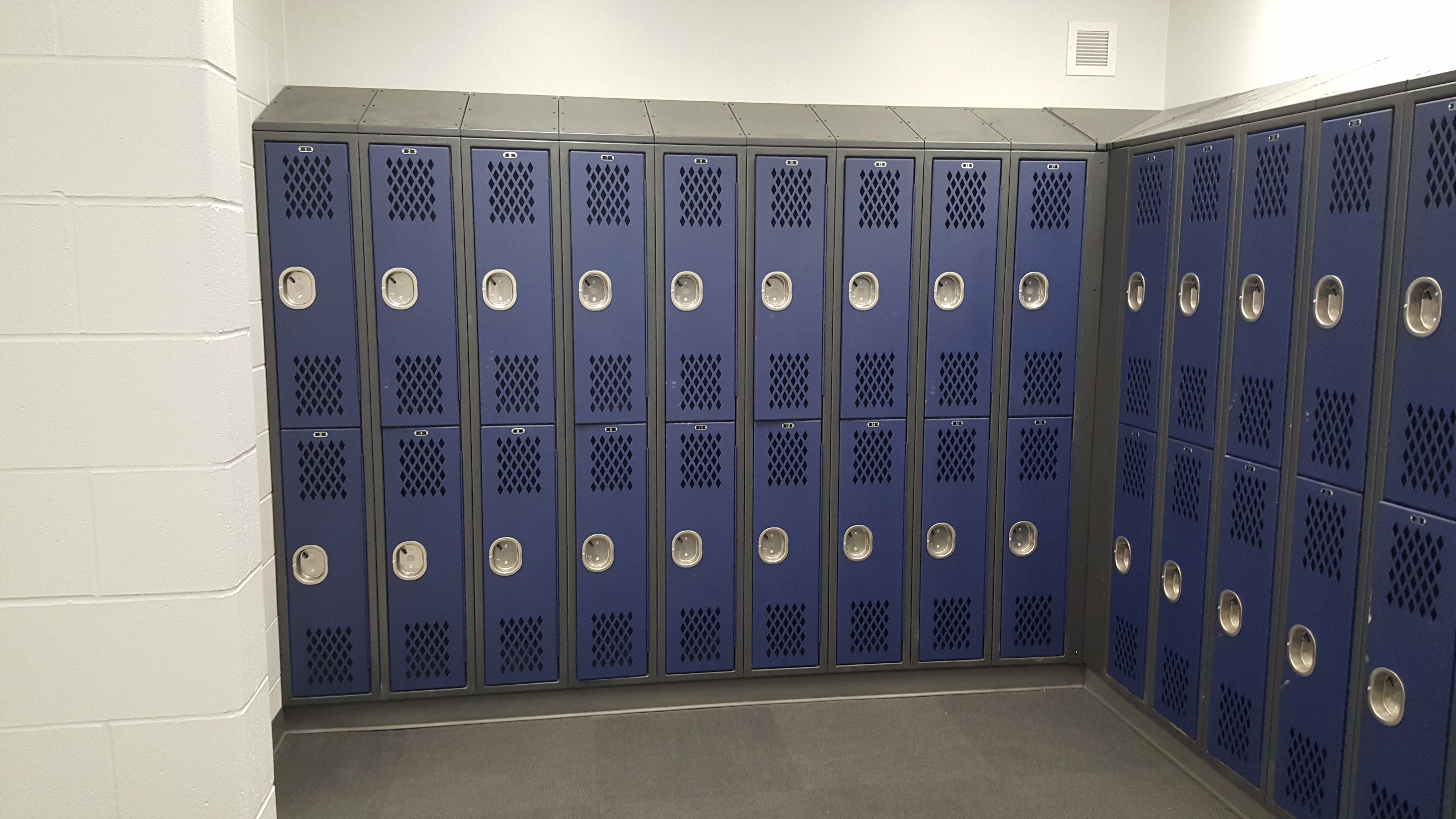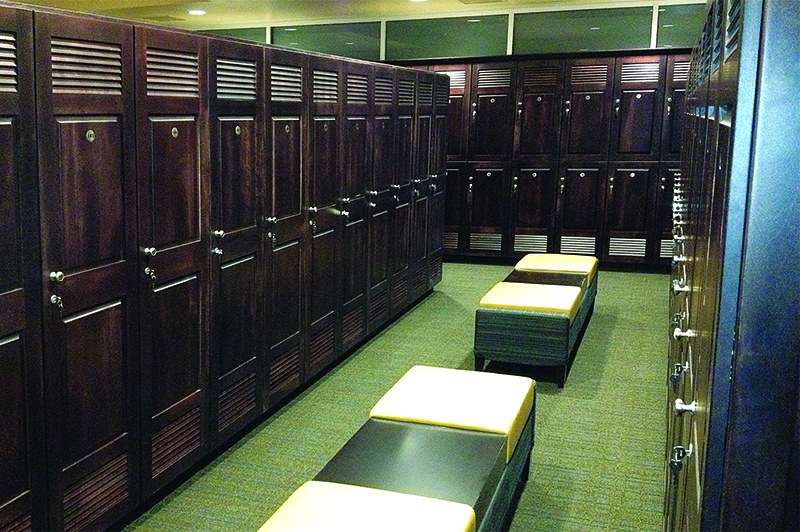Six Elements of an Efficient Locker Room
Whether you're running a health club or an athletic facility for a professional team, good locker room design can help contribute to the health and happiness of your members.
Designing locker rooms that are asethetically pleasing, yet functional can help create a better experience for all members. This blog highlights the crucial features each locker room should have to function properly and safely.Lockers 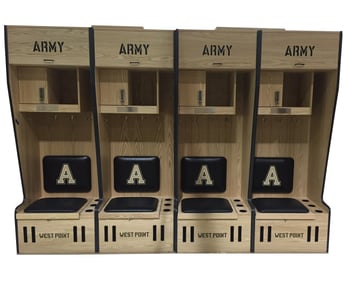
Recreation centers often use utilitarian lockers made out of heavy-duty materials, such as phenolic or plastic laminate. Phenolic is a strong, scratch-resistant and versatile plastic resin material that is typically more expensive than plastic laminate, thought lasts much longer and is easier to maintain. It comes in a wide variety of colors and wood-look finishes providing for many applications.
Private and boutique clubs use these materials, too, but they also use wood lockers. Wood lockers can be designed and customized with specific profiles and typically have more custom options and electronic locks. Custom shoe shelves and safes for valuables also are some custom options for these types of lockers.
Locks
Locker hardware varies depending on the clientele and usage. For recreation centers, hasp locks might be a good option. These locks are ones that members either bring in themselves or borrow from the club. Members also could pick up basic key locks at the front desk. If you choose this option, you will need to create space at the front desk to store the locks and keys. This option also requires more reception staff time and coordination. One of the best locks to use is the electronic lock that is similar to safe locks in hotel rooms. Members enter in their own code to lock and unlock their lockers. This option is great for all varieties of clubs but is more expensive than the hasp or key
systems
Layout
Layout is essential to keep
members moving to, from and 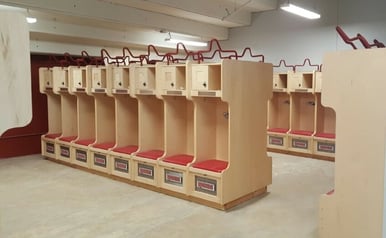 within the locker room with
within the locker room with
comfort and ease. The central circulation path should allow enough room for two people to walk side by side. Dry locker areas should be easy to access, but somewhat private so members do not feel exposed while changing. It is ideal to have a locker room layout where the wet and dry vanities, as well as the showers are in a central location so the travel from wet to dry areas is somewhat close.
The layout of the lockers should add value to the space by creating pods where people have more privacy. Unique arrangements and locker placements can create small social spaces where members can gather or relax.
Showers
The wet area of a locker room requires tile and materials that are moisture resistant. For 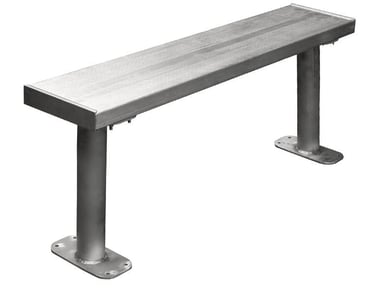 safety, the tile must have the proper coefficient of friction (slip resistance texture) for a wet environment. Smaller tiles (1 inch by 1 inch) with more grout joints will add to the slip resistant qualities and can provide more design options for colors and patterns on the walls and floors. However, more grout joints mean more maintenance.
safety, the tile must have the proper coefficient of friction (slip resistance texture) for a wet environment. Smaller tiles (1 inch by 1 inch) with more grout joints will add to the slip resistant qualities and can provide more design options for colors and patterns on the walls and floors. However, more grout joints mean more maintenance.
All materials in the wet areas of a locker room are critical because of the level of moisture in these spaces. Showers should be made of durable materials and waterproof membranes that will withstand heavy usage at peak hours. The construction details of wet areas are crucial for the longevity of the showers and amenities as is the mechanical systems. The airflow must be designed to pull the wet, moist air from the locker rooms. This is otherwise known as negative air pressure and is vital to any locker room. When the mechanical systems are properly designed, it will provide more comfort for members, and the materials and finishes will last longer in the dry areas.
Staples and Amenities
Basic staples of locker rooms include areas with dry vanities for make-up 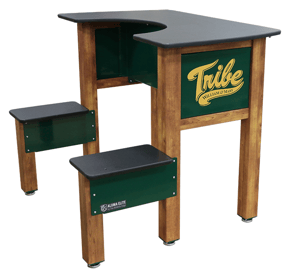 application/primping along with wet vanity space for men to shave. However, locker room amenities vary greatly depending on membership types and available space. Whirlpools, saunas and steam rooms will draw members in. Some locker rooms may include tanning rooms, private changing rooms and massage rooms. In clubs with a lot of family memberships, family changing rooms are essential with access to the pool.
application/primping along with wet vanity space for men to shave. However, locker room amenities vary greatly depending on membership types and available space. Whirlpools, saunas and steam rooms will draw members in. Some locker rooms may include tanning rooms, private changing rooms and massage rooms. In clubs with a lot of family memberships, family changing rooms are essential with access to the pool.
Lighting
Lighting should create ambiance and should be adequate for the space. Providing side lighting at the dry vanities can create fewer dark shadows on the face while shaving and putting on make-up. Lights above lockers or indirect lights can provide good light for circulation and gathering. Specifications for the lighting in wet areas are fundamental and are based on the level of moisture in the space. Certain lights are listed for damp and wet locations, but their quality and price can vary based on the construction and materials used. Careful attention to fixture selection is necessary in all locker room designs.
Many design items should be considered when designing locker rooms. Making sure you properly address these key components will help you create beautiful and functional spaces while providing safe environments.
Download our infographic and eBook below: How to Redesign or Build a Locker Room



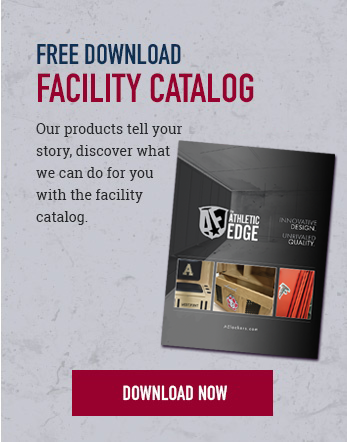
.webp)
